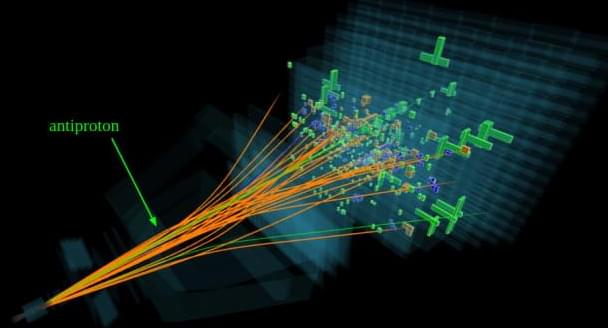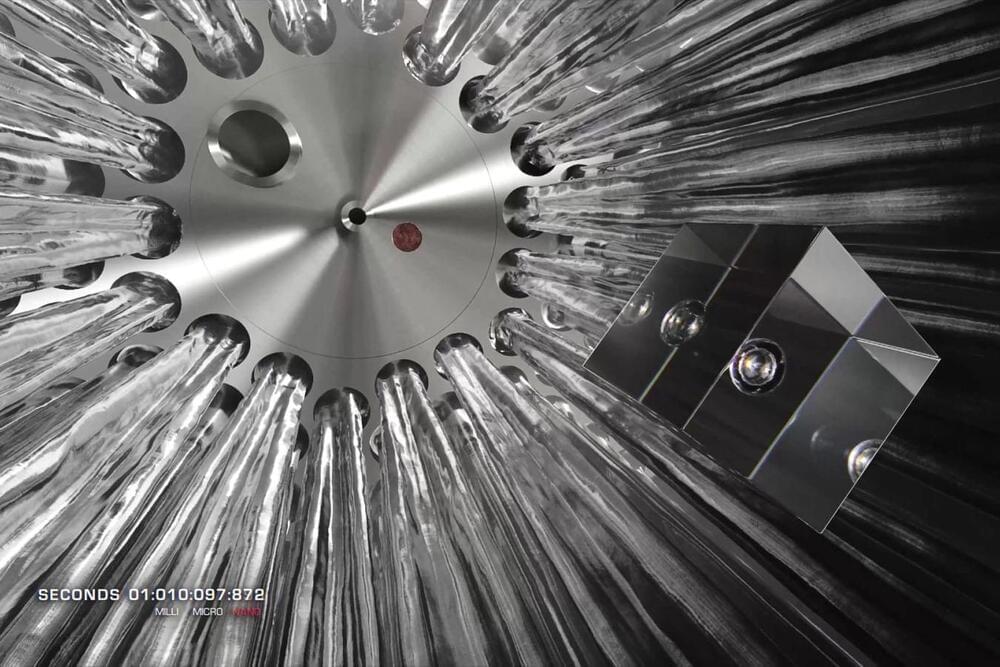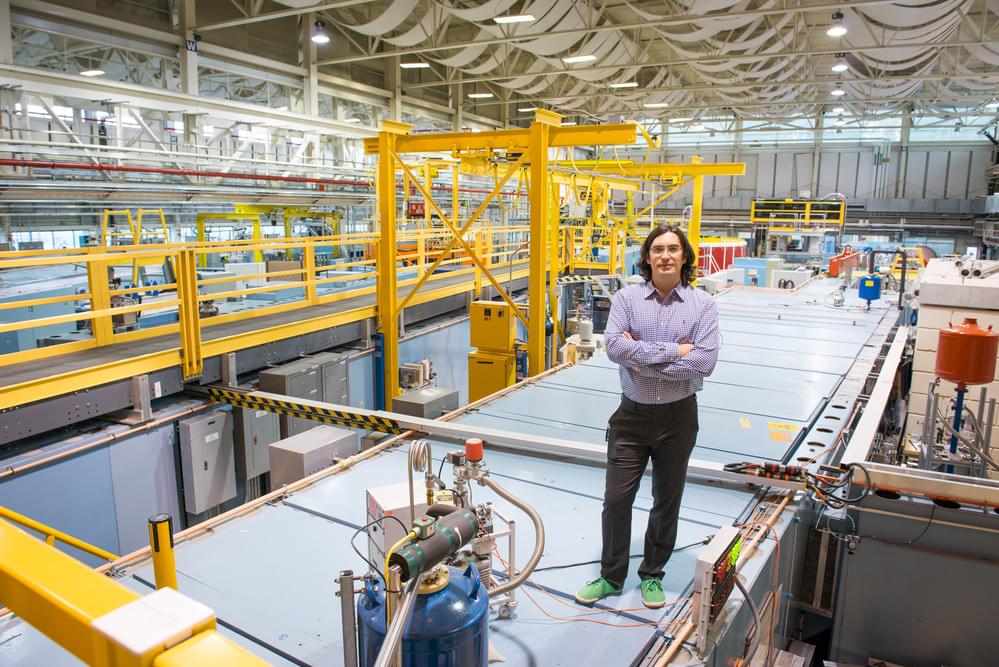Apr 7, 2022
ATLAS observes pairs of tau particles in heavy-ion collisions
Posted by Shubham Ghosh Roy in categories: particle physics, quantum physics
Today at the Quark Matter 2022 conference, the ATLAS Collaboration announced the observation of tau-lepton pairs created when particles of light – or photons – interact during lead-ion collisions. The result opens a new avenue for measuring how magnetic the tau lepton is – a property sensitive to new particles beyond the Standard Model.
In everyday life, two crossing beams of light follow the rules of classical electrodynamics and do not deflect, absorb or disrupt one another. But, in quantum electrodynamics, things are different. Lead ions accelerated to high energy by the LHC are surrounded by an enormous flux of photons. For a short moment, these photons can interact and transform into a particle–antiparticle pair, such as a pair of tau leptons. These interactions are called ultra-peripheral collisions, which ATLAS physicists used to observe light-by-light scattering in 2019.
Rather than colliding head-on at the centre of the ATLAS detector, the accelerated lead ions pass by each other unscathed. This provides a uniquely clean environment for physicists to study collisions of photons into a pair of tau leptons. Further, the rate of tau-lepton creation scales to the fourth power of the number of protons in the ion, which is 82 for lead.


















